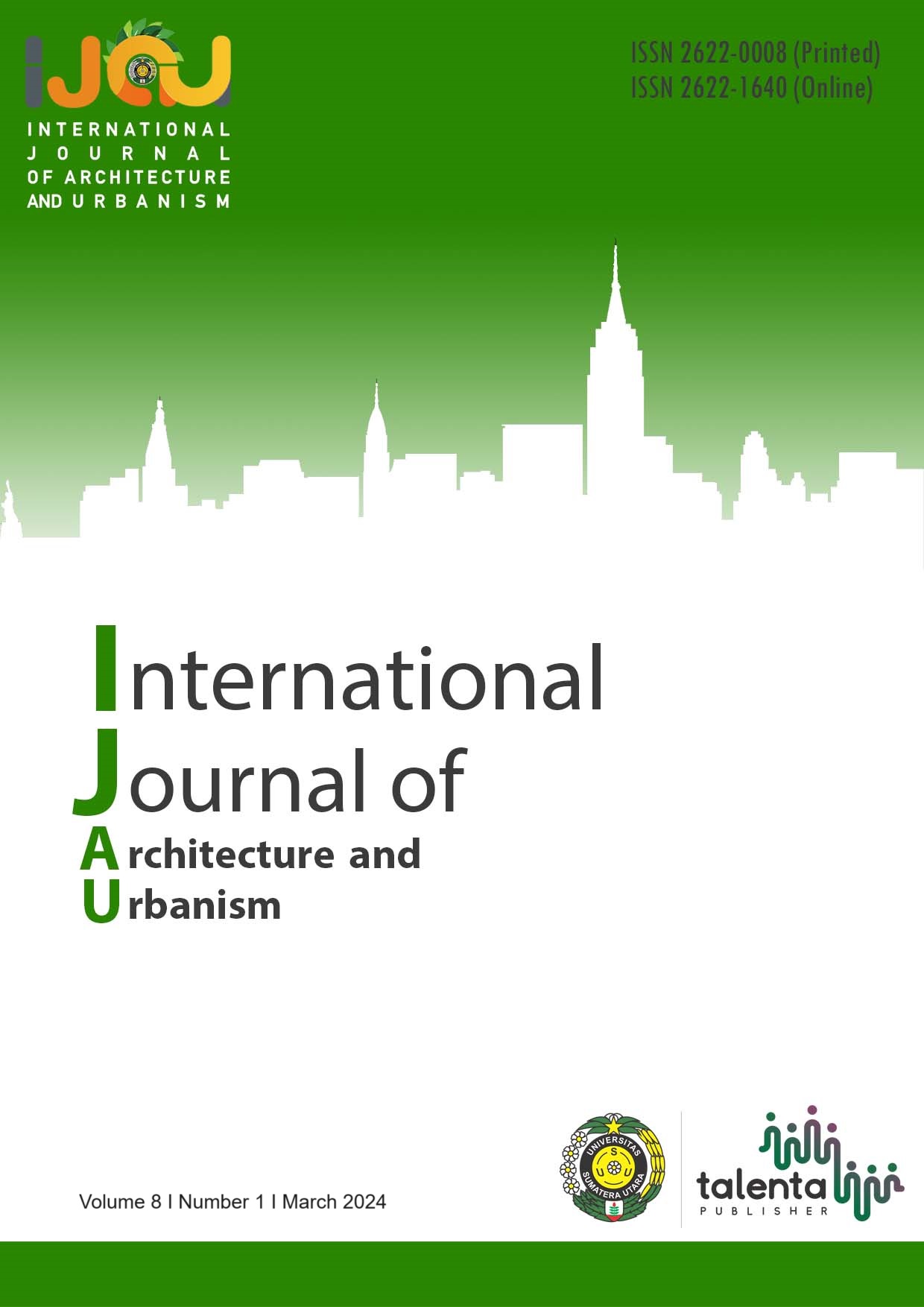Application of Green Architecture In Athletes Guesthouse Sports Center
DOI:
https://doi.org/10.32734/ijau.v8i1.14970Keywords:
green architecture, hotel, resort, touristAbstract
Sibolga has good tourism potential because many beautiful beaches can compete with other countries such as Japan, Korea, and Singapore. However, Sibolga is still far behind these countries, the city of Sibolga will be more beautiful if taken care of the cleanliness of the beach. A tourist attraction requires a building that can accommodate by providing lodging services and other facilities that can support tourism activities. The beach is an area that is very vulnerable to natural damage caused by humans themselves, who are less critical in preserving the environment. Therefore we need a building with a design that can provide environmental insight to the broader community. To answer these problems, the construction of a resort hotel with a green architectural theme will accommodate tourists on vacation. Not only that, a design following the characteristics of tourists is needed to create an appropriate room typology. In addition, the application of the green architectural theme in buildings can have a good influence on the community. Providing environmental examples, will open up public insight and enable to reduction of the impact of damage and maximization of natural resources. To realize an environmentally friendly building is to save energy by using renewable energy such as the use of windmills because the speed of the air on the floor can rotate the windmill turbine so that it can produce renewable energy or by using solar panels that capture the heat of sunlight, electrical energy to produce renewable electricity. It requires environmentally friendly materials.
Downloads
Downloads
Published
How to Cite
Issue
Section
License
Copyright (c) 2024 International Journal of Architecture and Urbanism

This work is licensed under a Creative Commons Attribution-ShareAlike 4.0 International License.


.png)










